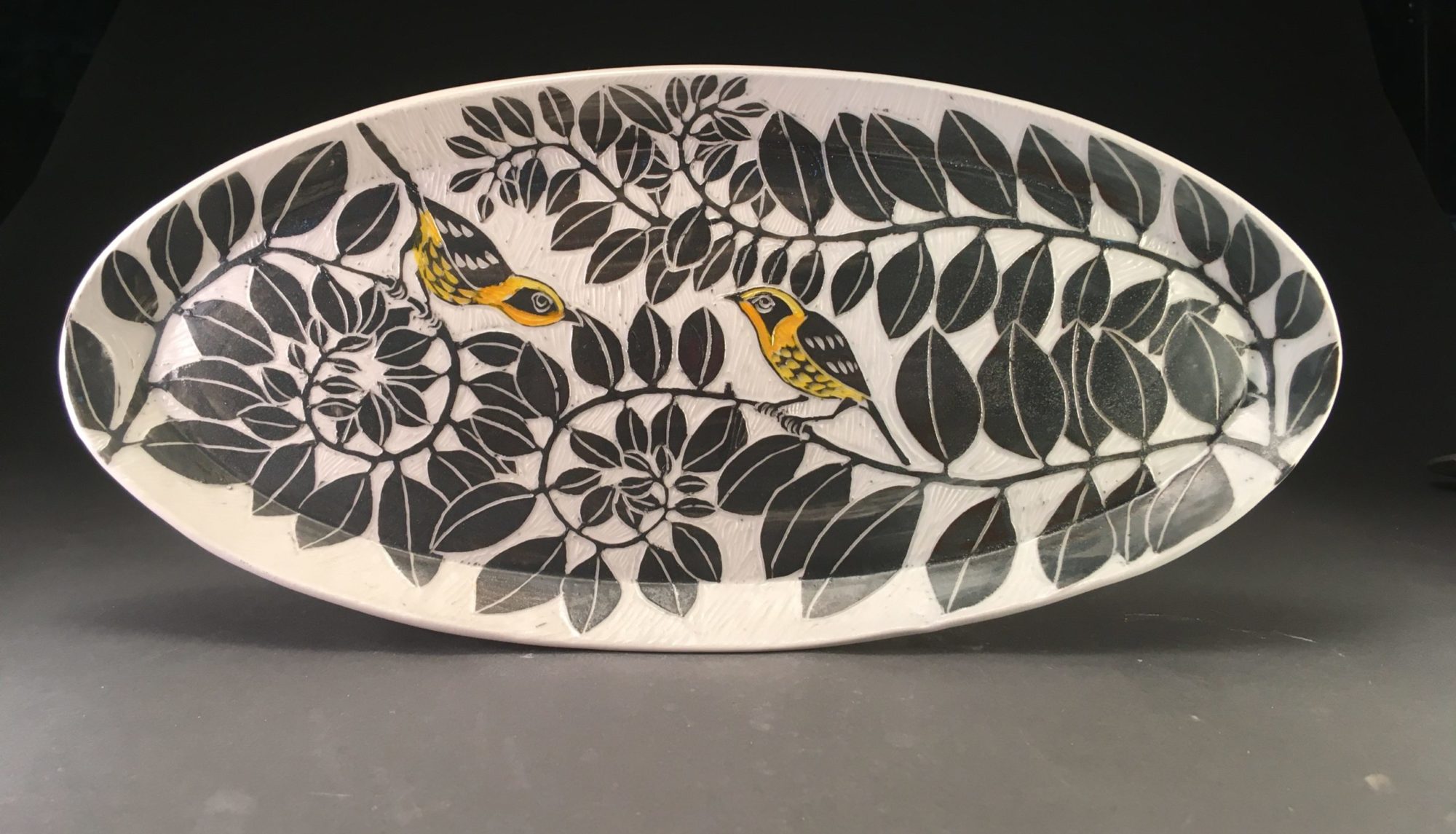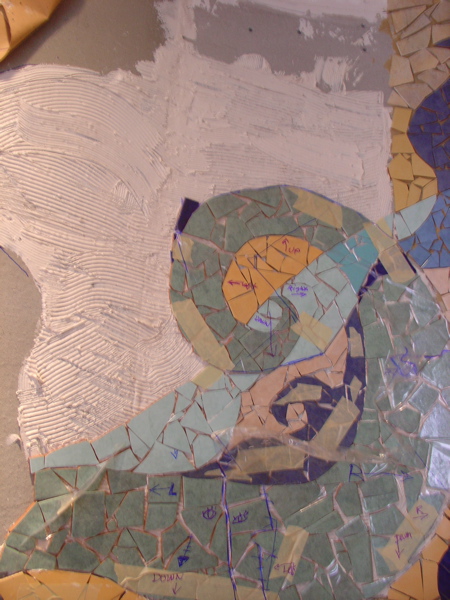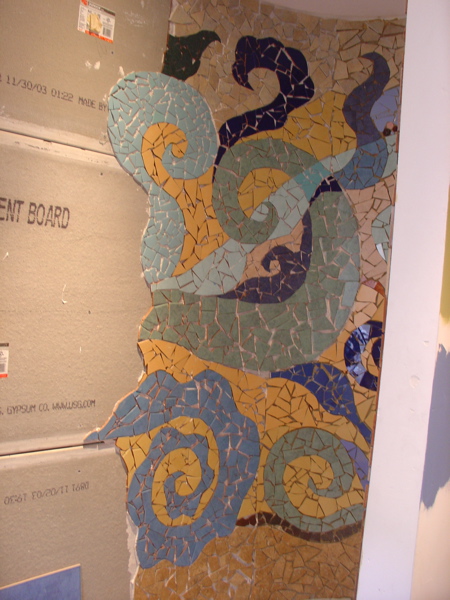Well, after having so many rabbits showing up on my pots,
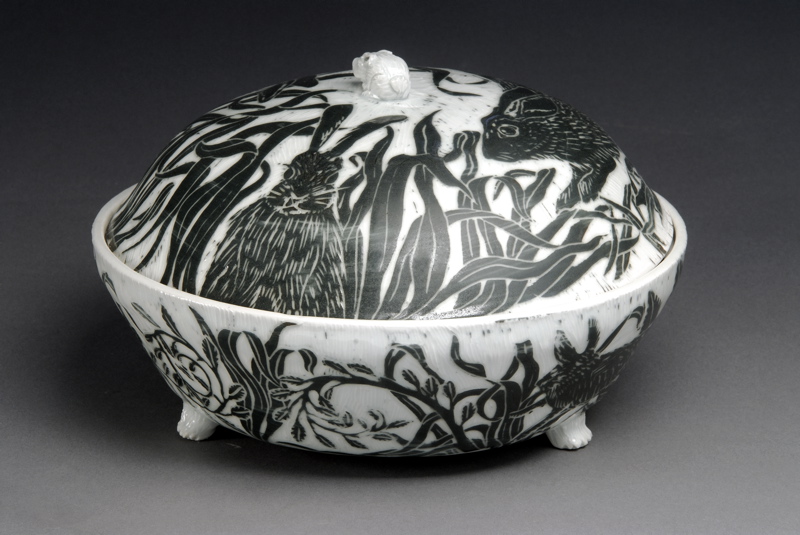
when I came across an old copy of Watership Down by Richard Adams
I felt I should reread it.
I loved it again and could hardly set it down.
No sooner had I finished (and urged my daughter to read it) than she found and captured a domesticated rabbit in the park!
Her name is Alice and not only is she beautiful, she’s got a lovely personality.
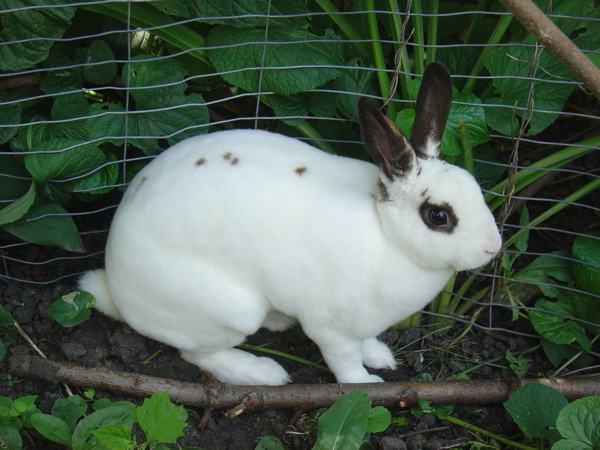
Now I guess I have a better model than this one who moved into our yard this spring
 by the way, the arrow is part of a weather vane in our yard- quite a ways from the rabbit but serendipitously pointing at the rabbit!
by the way, the arrow is part of a weather vane in our yard- quite a ways from the rabbit but serendipitously pointing at the rabbit!
Also, he was hungrily looking at our little vegetable patch.
So what is it about rabbits?
Well, we love the Medicine Cards book by Jamie Sands and David Carson.
and what it says about Rabbit is this:
…“Rabbit medicine people are so afraid of tragedy, illness, disaster and being taken that they call those very fears to them to teach them lessons. …. Here is the lesson. If you pulled Rabbit [card], stop talking about horrible things happening and get rid of “what if” in your vocabulary. This card may signal a time of worry about the future …
The paralyzed feeling which Rabbit experiences when being stalked is Rabbit in the contrary position. If you have tried to resolve a situation in your life and are unable to, you may be feeling frozen in motion. This could indicate a time to wait for the forces of the universe to start moving again. It could also indicate the need to stop and take a rest. It will always indicate a time when you need to re-evaluate the process you are undergoing and to rid yourself of any negative feelings, barriers, or duress. Simply put, you cannot have your influence felt until you rearrange your way of seeing the present set of circumstances. It is the way in which you handle problems that allows you to succeed…”
Watership Down calls that frozen state “tharn” and you can get locked in it
I do feel we are/I am in this state recently and admit, I find it helpful to learn these things- that we’ve got some rabbit energy going right now.
However, I still wonder if that’s why I’m drawn to them right now to put on my pots; what they mean to me personally perhaps without all the reading. 
Certainly I’m excited to see “wild” animals in the city and visually, I love drawing the texture of their fur and their ears and faces.
I wish I could capture more of their motion.
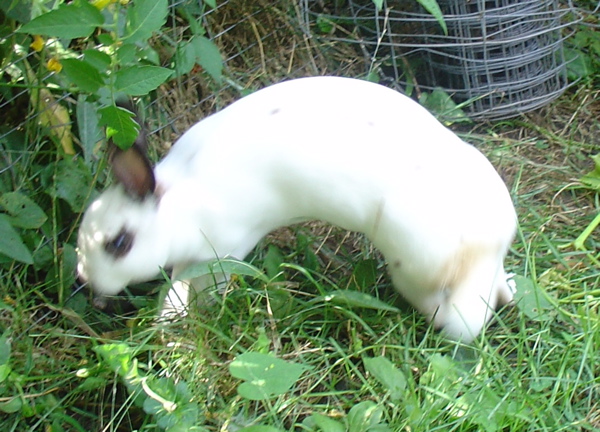
Alice, when we put her in a little fenced in area outside, does this lovely little leap where she seems to kick out once she’s in the air. It gives the illusion of flight, of a momentary suspension in the air.
It’s wonderful; I wish I could do it.
Ah, there it is, perhaps I’m hoping, after waiting quietly that once the universe does start moving again, I get to fly.
Just a little.
